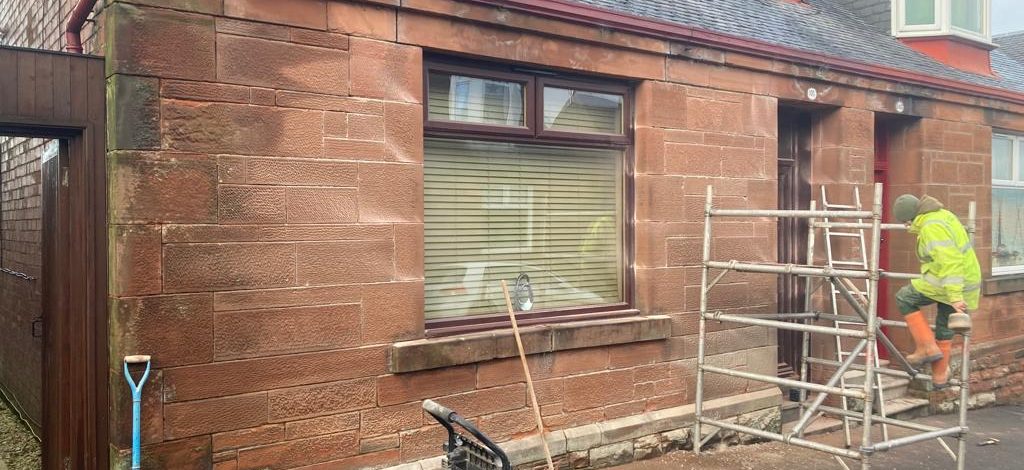Conservation treatment of stone and brickwork is an important aspect of preserving historical buildings and structures. The process involves a range of techniques and methods that aim to restore the original condition of the stone and brickwork, while also ensuring that any damage or deterioration is repaired.
One of the main techniques used in conservation treatment is cleaning. This involves the removal of dirt, grime, and other pollutants from the surface of the stone or brickwork. The method used will depend on the type of pollutants and the condition of the material. For example, water-based cleaning methods may be used for less severe cases, while abrasive or chemical cleaning may be necessary for more stubborn pollutants.
Conservation Treatment
Another important aspect of conservation treatment is repair and restoration. This involves addressing any damage to the stone or brickwork, such as cracks, spalling, or erosion. The repair process may involve using a range of materials, such as mortar, grout, or epoxy resin, to fill in gaps or replace damaged sections. Restoration may also involve recreating missing features or elements of the structure, such as cornices or decorative features.
Finally, conservation treatment also involves ongoing maintenance and monitoring to ensure that any issues are addressed promptly. This may involve regular inspections of the structure, as well as ongoing cleaning and repairs as necessary. By taking a proactive approach to conservation treatment, it is possible to preserve historical buildings and structures for future generations to enjoy.
